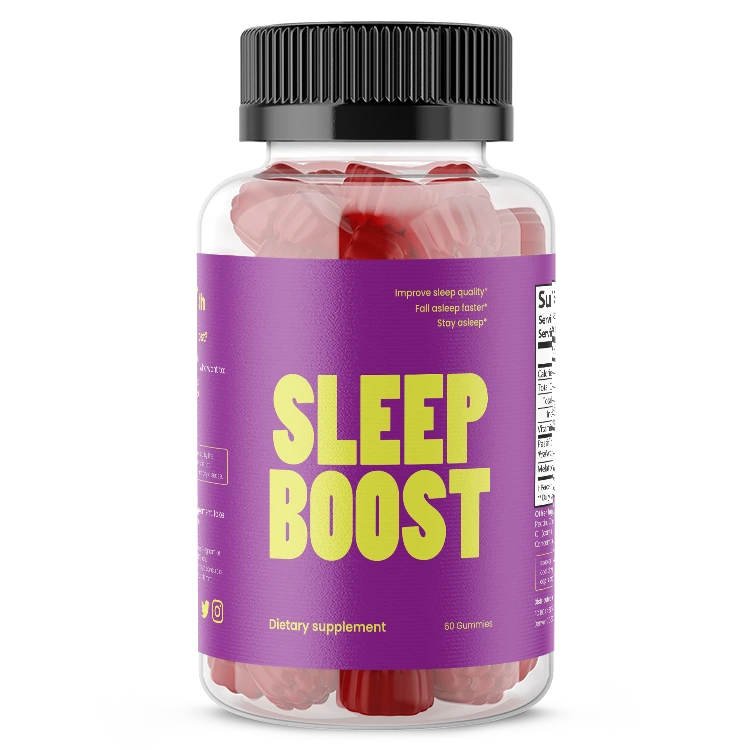The Eiffel Tower sex position involves a threesome, which is three participants engaging in sexual activity simultaneously. Two individuals stand or kneel facing each other, each sexually interacting with a third person positioned between them. The central individual often engages in oral sex with one partner while receiving penetration from the other. The two standing individuals may connect hands overhead, forming a shape resembling the Eiffel Tower.
Context & Background
The Eiffel Tower position emerged in popular culture largely through media, humor, and adult entertainment, symbolizing a particular style of threesome interaction. Despite its playful and sensational depiction in media, it reflects broader acceptance and openness toward exploring sexual variety in relationships. According to a 2017 study published in the Archives of Sexual Behavior, about 10% of adults in North America report having engaged in threesomes, indicating increasing normalization of sexual experimentation (Herbenick et al., 2017).
Potential Benefits for Men’s Health
Engaging in consensual group sexual activities, like the Eiffel Tower position, may offer psychological and relationship benefits. Such activities can enhance intimacy, communication skills, and trust between partners (Lehmiller, 2018). Physiologically, diversified sexual experiences may reduce stress and potentially improve sexual satisfaction and overall mental health. Benefits greatly depend on the comfort, consent, and openness of all participants involved.

Risks & Safety Considerations
While exploring new sexual positions can be exciting, it is crucial to recognize associated risks. Increased numbers of sexual partners correlate with a heightened risk of sexually transmitted infections (STIs). Research by the Centers for Disease Control and Prevention (CDC) highlights the importance of regular STI screenings, the use of condoms, and clear communication about sexual health history. Additionally, emotional risks, such as jealousy, feelings of inadequacy, or emotional disconnect, can occur and must be navigated with care and open dialogue (CDC, 2021).
Practical Tips & Preparations
Preparation for the Eiffel Tower position involves several practical considerations:
- Consent and Boundaries: Ensure all participants explicitly discuss and consent to the activity beforehand.
- Safe Sex Practices: Condoms and barrier methods are essential to minimize STI risks.
- Communication: Open communication before, during, and after the encounter helps manage expectations and ensures comfort.
- Comfort and Safety: Opt for a comfortable environment, have necessary items nearby (lubricants, towels, condoms), and respect each participant's physical limitations.
Variations & Alternatives
Exploring variations and alternatives can enhance enjoyment and comfort for all participants. Variations might include changing positions, adding supportive furniture like chairs or cushions, or experimenting with roles. Alternatives like the "Triangular Position," in which participants form an interactive triangle, can also provide similar intimacy and excitement while accommodating differing comfort levels and preferences. Positions like the mating press position are meant for two people, while others like the full nelson position could potentially be adapted for three.
Frequently Asked Questions
Is the Eiffel Tower sex position safe? Yes, provided all participants practice safe sex, communicate clearly, and respect each other's boundaries.
How common is this sexual practice? While exact statistics are limited, threesomes, in general, are becoming more commonly reported sexual experiences among adults (Herbenick et al., 2017).
How do I discuss exploring this position with my partner? If you haven't already talked about a threesome, that's the first step. It's a difficult subject to discuss, and is not for more couples. Once that has been discussed, then you can bring up the Eiffel Tower.




